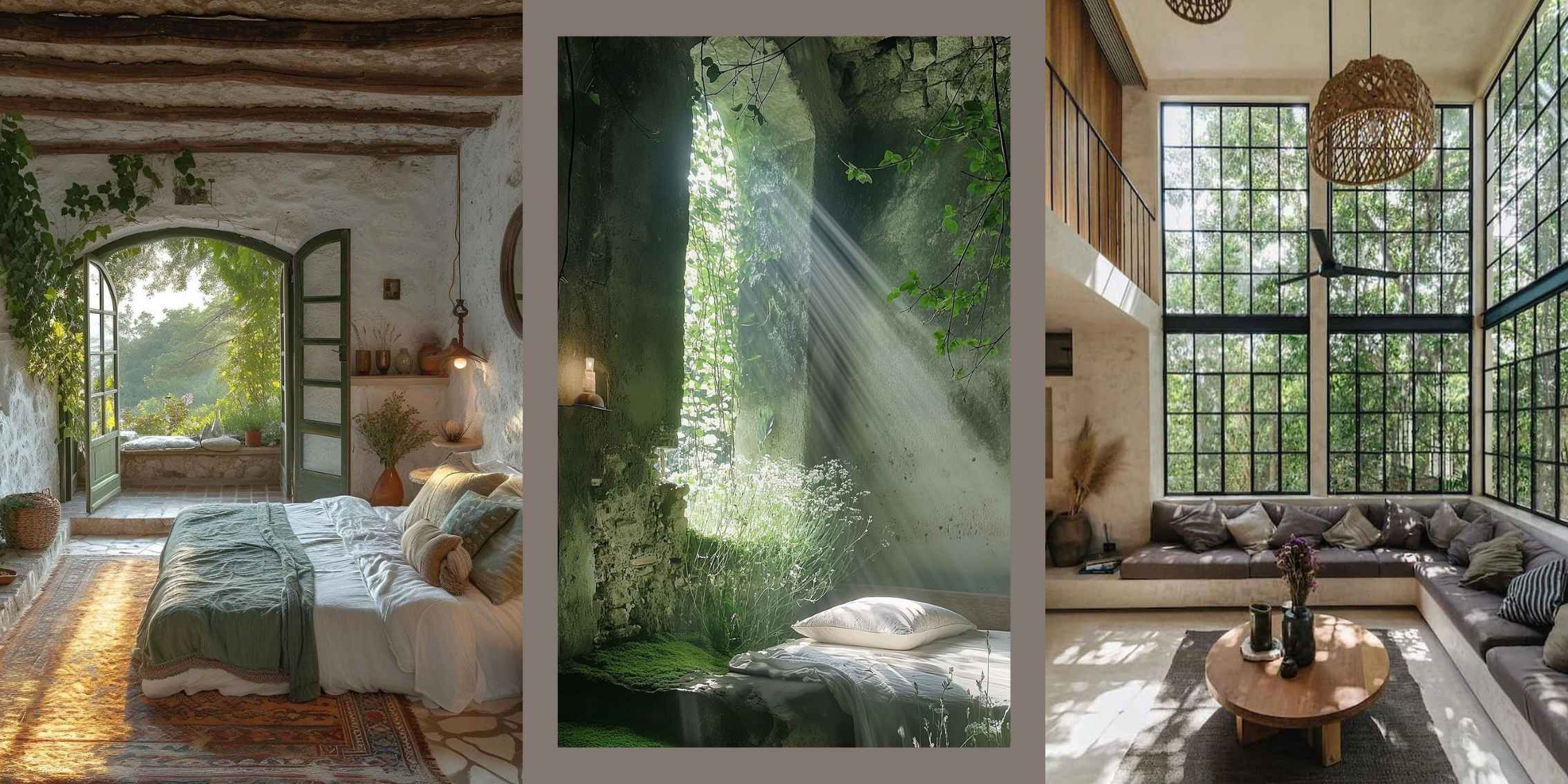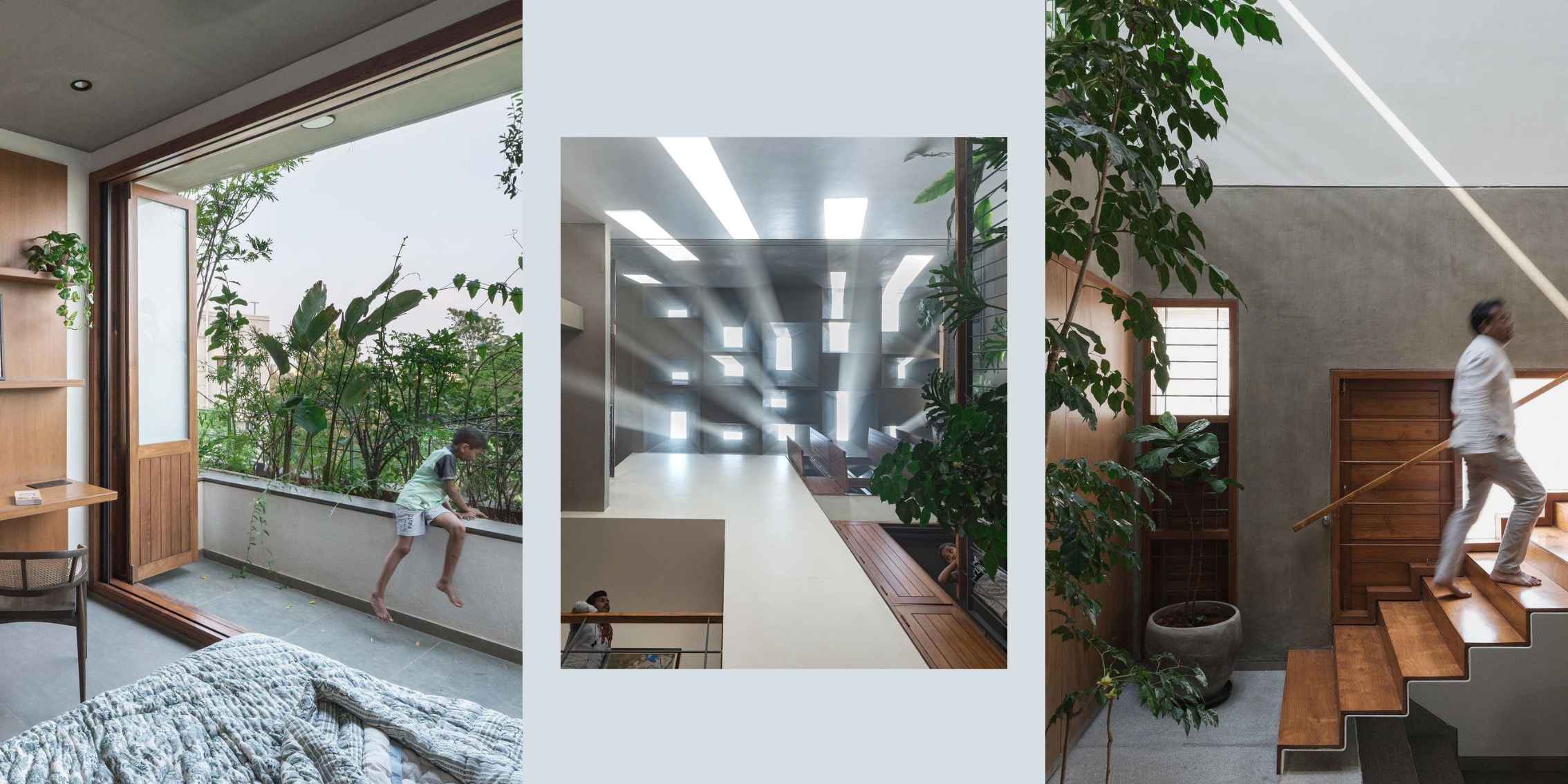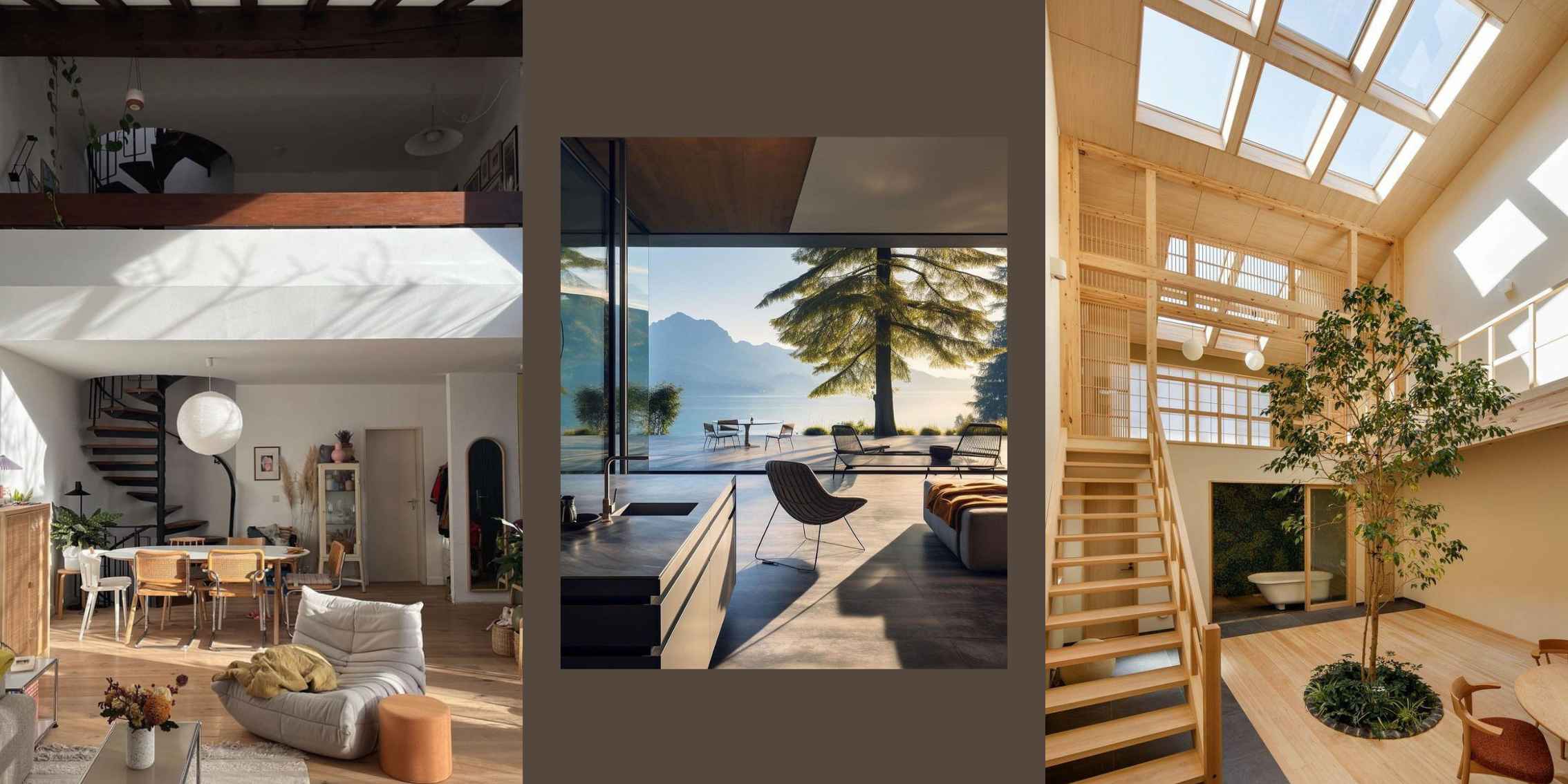As the importance of sustainable design grows in the field of interior design, creating spaces that are both beautiful and eco-friendly has become paramount. One of the most effective elements in achieving this balance is natural light. By harnessing sunlight, designers can reduce energy consumption and enhance the comfort and health of indoor environments. The Interior Design Institute offers comprehensive online courses that equip aspiring designers with the skills to seamlessly integrate sustainable practices into their projects.

Image source: Cosmos
Natural light is a cornerstone of sustainable interior design. Effectively utilising sunlight can drastically reduce the need for artificial lighting, lowering energy consumption and reducing the carbon footprint of buildings. Additionally, natural light offers numerous health benefits, including improved mood, better sleep regulation, and increased productivity, contributing to a healthier and more comfortable living space.
Aspiring interior designers can leverage several strategies to maximise natural light in various spaces. Key design elements include:

Image source: Cosmos
To create truly eco-friendly interiors, natural light strategies should be integrated with other sustainable design principles. Additional considerations include:

Image source: Cosmos
Incorporating natural light and sustainable practices in interior design projects yields numerous benefits. Designers have the opportunity to positively impact the environment and enhance human well-being by creating spaces that are both aesthetically pleasing and eco-friendly.

Image source: Cosmos
Interior design offers an exciting career path for those passionate about space, functionality, and aesthetics. As the demand for sustainable design expertise continues to grow, numerous opportunities are emerging for designers specialising in eco-friendly practices. Key skills gained through studying interior design at IDI include:
At The Interior Design Institute, our online interior design courses have a strong focus on the effective use of natural light. Our comprehensive curriculum includes foundational design principles, practical applications of natural light strategies, and exercises designed to create eco-friendly, aesthetically pleasing spaces. The flexibility of online learning allows students to study at their own pace and fit their education around their schedules. Additionally, learning from experienced professionals and engaging with an online community of fellow design enthusiasts further enriches the educational experience.

Image source: Cosmos
Natural light is fundamental to sustainable interior design, providing both aesthetic and environmental benefits. Strategies such as thoughtful window placement, light-directing elements, and reflective surfaces can significantly enhance natural light in any space. When integrated with other sustainable design principles, these strategies create a comprehensive approach to eco-friendly interiors. The Interior Design Institute’s online courses equip you with the knowledge and skills to implement these strategies effectively, paving the way for a successful career in interior design.
Ready to harness the power of natural light and lead the way in sustainable design? Enrol in our online interior design course today! It's time to transform your passion for design into a professional skill set that makes a difference.